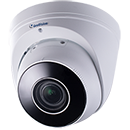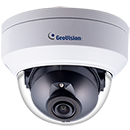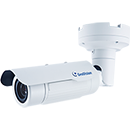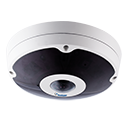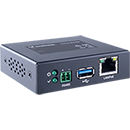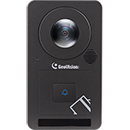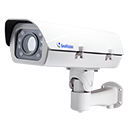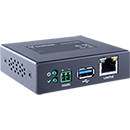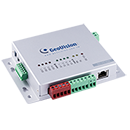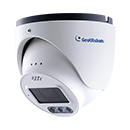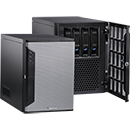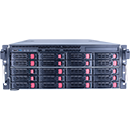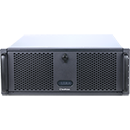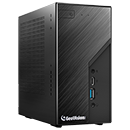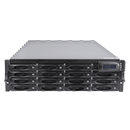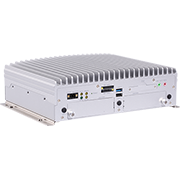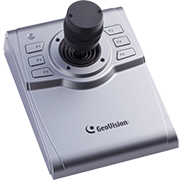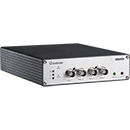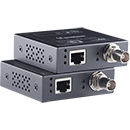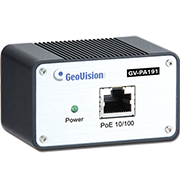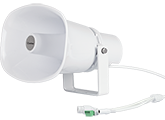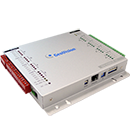
Video and data analytics have been hot topics among manufacturers and on tradeshow floors for much of the past decade. We’ve been excited to see analytics catching on in security operations centers and enterprises, but there are still some challenges facing these technologies and their users. Security posed some questions about analytics, integration and technology trends to one of security industry experts.
On Data Analytics
1. SECURITY: How can end users use data to drive business decisions?
EXPERT: Some customers are adopting big data and data analytics, but everyone is not there yet. Whether they have adopted or not, many see the value of capturing data and layering on advanced analytics to look at historical data, trend analysis, pattern and anomaly detection to make intelligent business decisions. One example that comes to mind is how end users can use data and analytics to efficiently staff a building and provide the right level of security based on real-time threat levels and deliver a better security experience to their employees and guest. Consuming internal and external intelligence feeds, data from your core security platform and data from non-core security platforms such as IT systems, HVAC, lighting, robotics, and building automation systems can allow you to create a predictive workforce management model to determine how many security officers, lobby ambassadors, and how many remote services would be needed on a daily, weekly or even a monthly basis. This is a data-driven approach to predictive workforce management.
2. SECURITY: How is security system data playing a role in this?
EXPERT: Security system data traditionally was not looked at before. Usually when big data systems are being looked at, it’s an IT department that spearheads this. They look at the IT side of the house, not physical side. It’s an evolution of IT and OT merging together to get a better snapshot of what is happening – real situational awareness beyond traditional security. Being able to consume different data points of a security system is key to figuring out how and when people flow through a building. There is a need to figure out how incidents and anomalies happen. Basically, the more pieces to the puzzle you can get means the more accurate the picture becomes which allows you to make intelligent decisions. You get clearer visibility when you are able to look at all these different aspects.
For example, we can look at basic burglar alarms. Traditionally, in the retail space, you can put in an alarm for the building that will protect that building when no one is there. Over the past few years, companies have hired data scientists and built data mining solutions. Now they can take traditional burglar alarm systems and leverage the front door action, allowing them to see and predict traffic patterns for busy times. They can turn around and start to use this data for things like proper staffing. For example, if a company is open from 9 to 5, but between 11 to 12 they see more door opens from the burglar alarm panel, they may need more staff during those times. That, combined with traditional POS systems or other types of shopper experiences, gives a true granular visibility to what is going on in their environment. These situations can range from this simple example to a much more complex situation involving consuming more data and targeted marketing to deliver a greater shopper experience.
3. SECURITY: How have other departments or functions within enterprises been getting involved in or benefiting from security analytics and data use?
EXPERT: One department that can benefit from security analytics and data use is property managers looking at space utilization. Operations now have visibility to look at things such as access control data. For example, you can look at 10 different buildings and have access control in all those buildings with a hybrid of on-site and remote workers. Without the right data it is challenging to know who uses what buildings, what workspace is available in the building, whether the space is being used and what you should do with the space. Looking at simple access control usage, if no one uses the space, you might consider selling or subletting it based on basic access control, visitor management and space utilization information gathered through analytics.
This has been around a long time, but is still a great example of how operations can take advantage of this additional data to provide greater insight to their analytics.
4. SECURITY: How can analytics help end users better utilize their security budgets?
EXPERT: Analytics can help an end user decide where to invest their money. It helps identify the risks to an organization, show the financial impact if that risk happens and allows you to proactively put counter measures into place to mitigate against that risk. Analytics are a proactive measure to mitigate risks and optimize budgets. I believe that leveraging data analytics to optimize a client’s entire security program is the future of the security industry.
Look at how traditional security integrators design a system today. The system that is chosen and the security assets that are deployed are usually based on the sales reps and sales engineers current knowledge or comfort level or can be persuaded by a manufacturer that is working closely with that integrator. There is a shift towards a risk management model and part of this is powered by data analytics. There are two important parts of risk management:
- Risk assessment – which asks, “What are the threats to the clients people, property or assets?” It gives you an accurate view of the vulnerability to the organization.
- Risk control – with risk control, you use the risk assessment and data analytics to put the proper countermeasures, security systems and guarding resources in place to develop an optimized security program to mitigate against the risk that were outlined in the assessment
Source: Security Magazine
